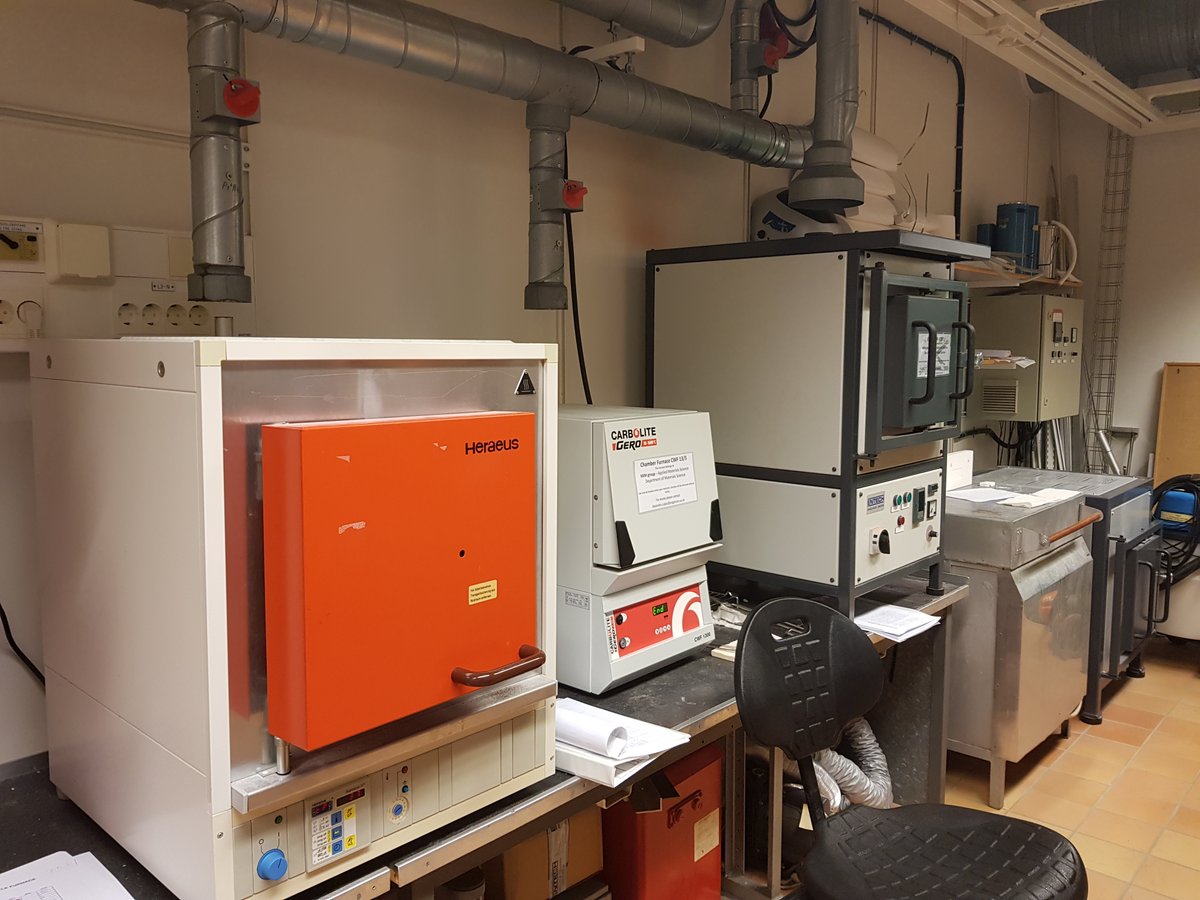
How to get URL link on X (Twitter) App


 It is a secondary (rechargeable) battery which uses reversible reactions with Li-ion to store energy.
It is a secondary (rechargeable) battery which uses reversible reactions with Li-ion to store energy.

 Instead of a cake, we designed a near-perfect absorber.
Instead of a cake, we designed a near-perfect absorber.https://twitter.com/RealSci_Nano/status/1588599430109794304?s=20&t=jSoKGRZHgdK004tyQiPraA

https://twitter.com/RealSci_Nano/status/1588507967766556672?s=20&t=4C6dbgnjY7NYrCnvJkO1OQ
https://twitter.com/RealSci_Nano/status/1587733696932679680?s=20&t=4C6dbgnjY7NYrCnvJkO1OQ
https://twitter.com/RealSci_Nano/status/1588447785732476928?s=20&t=4C6dbgnjY7NYrCnvJkO1OQThat is the discussion that delayed our lab's (@LNM_eth) baking competitions.

https://twitter.com/RealSci_Nano/status/1587733696932679680?s=20&t=uD_atWJY3kTRdNhQo7gg0AFirst a list of "high-school science" definitions that don't really help us. The





 First, we place capillaries filled with #nanoparticles (small glass tubes) on a holder, which the robot can later grab. This involves a lot of wax and steady hands, to place the capillaries in a straight way. In the picture you can see a sample rack full of capillaries. 2/6
First, we place capillaries filled with #nanoparticles (small glass tubes) on a holder, which the robot can later grab. This involves a lot of wax and steady hands, to place the capillaries in a straight way. In the picture you can see a sample rack full of capillaries. 2/6 




 The office is open space, but there are little nooks & quiet corners where to go for a chat or for some focused work. My favourite desk is near a big window overlooking the canal & a mooring with several houseboats. Lots of cats living around the boats to observe during breaks!
The office is open space, but there are little nooks & quiet corners where to go for a chat or for some focused work. My favourite desk is near a big window overlooking the canal & a mooring with several houseboats. Lots of cats living around the boats to observe during breaks! 
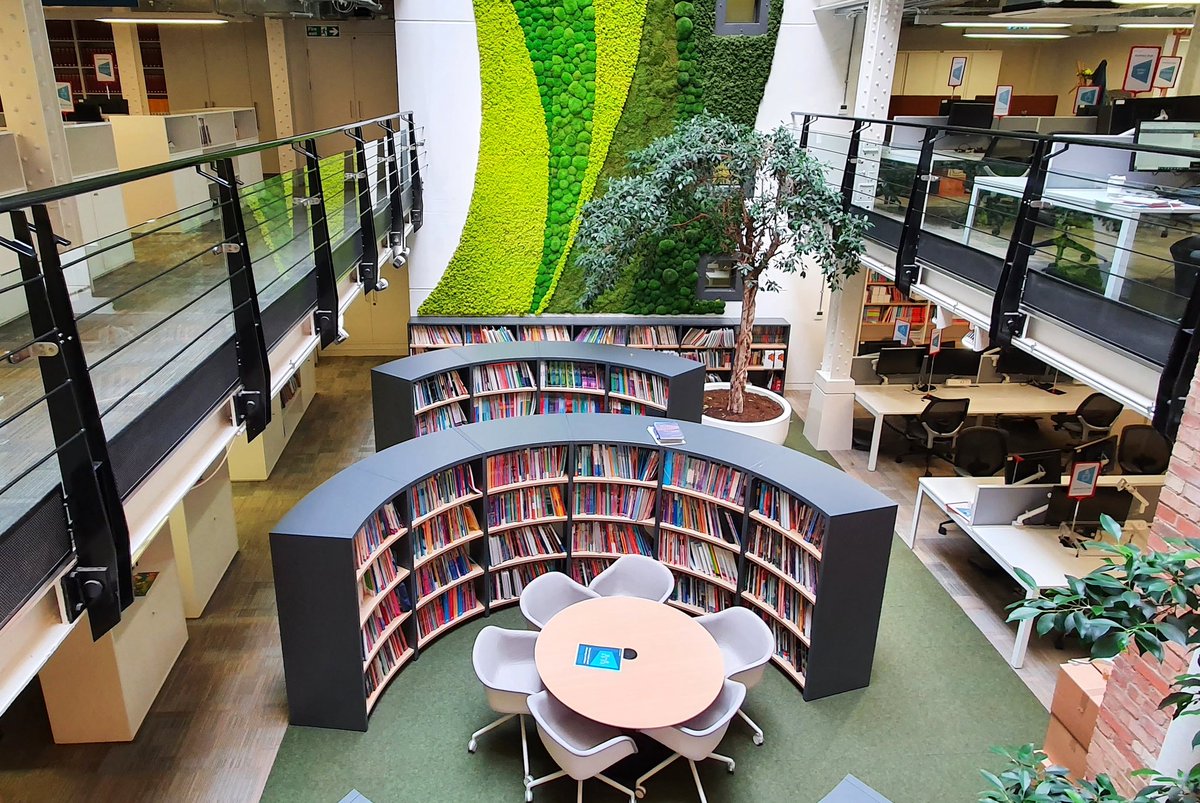

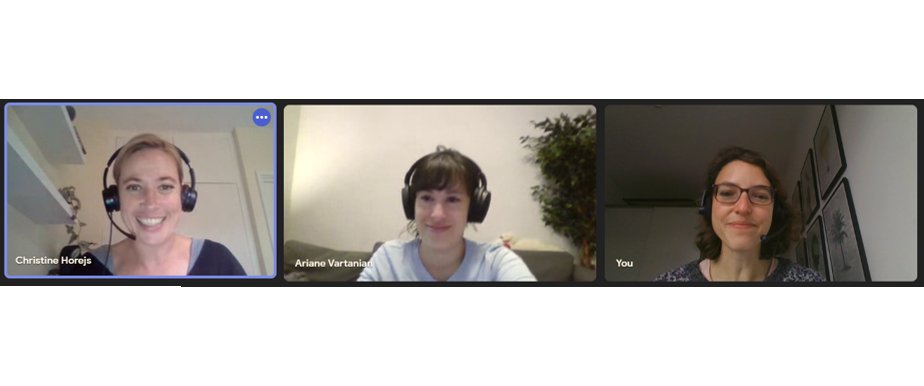
 Editors also write content such as Research Highlights & Editorials -- the latter require a lot of reading and thinking and are a stimulating team effort, such as this recent one led by our brilliant team member Ariane: rdcu.be/cz5P0
Editors also write content such as Research Highlights & Editorials -- the latter require a lot of reading and thinking and are a stimulating team effort, such as this recent one led by our brilliant team member Ariane: rdcu.be/cz5P0 





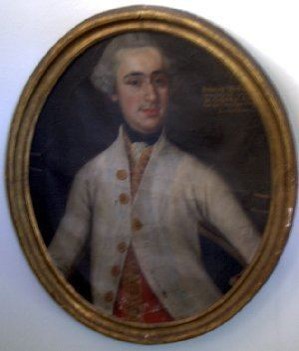





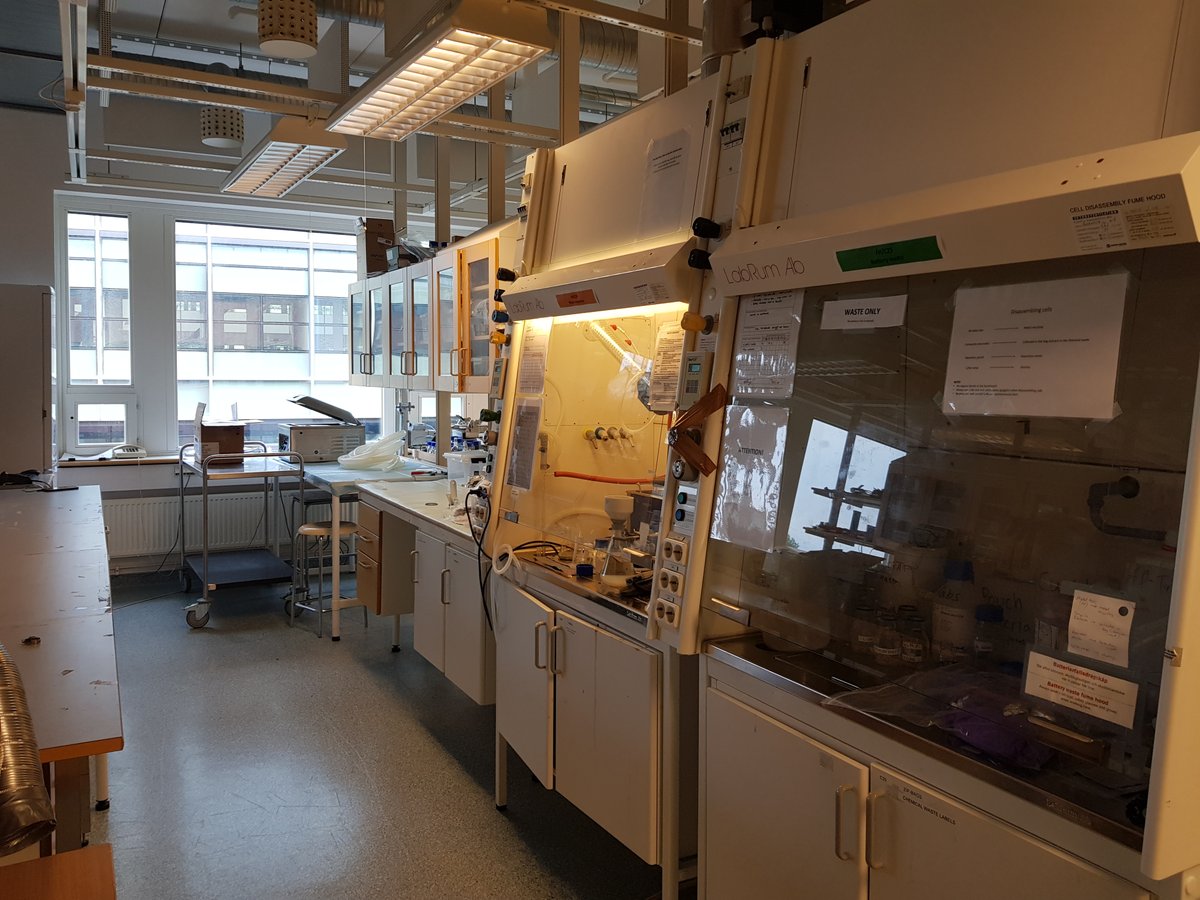


 For synthesis of many ceramic materials we share a number of high temperature furnaces with other groups. Including tube furnaces for synthesis under various inert or reactive gases.
For synthesis of many ceramic materials we share a number of high temperature furnaces with other groups. Including tube furnaces for synthesis under various inert or reactive gases. 

